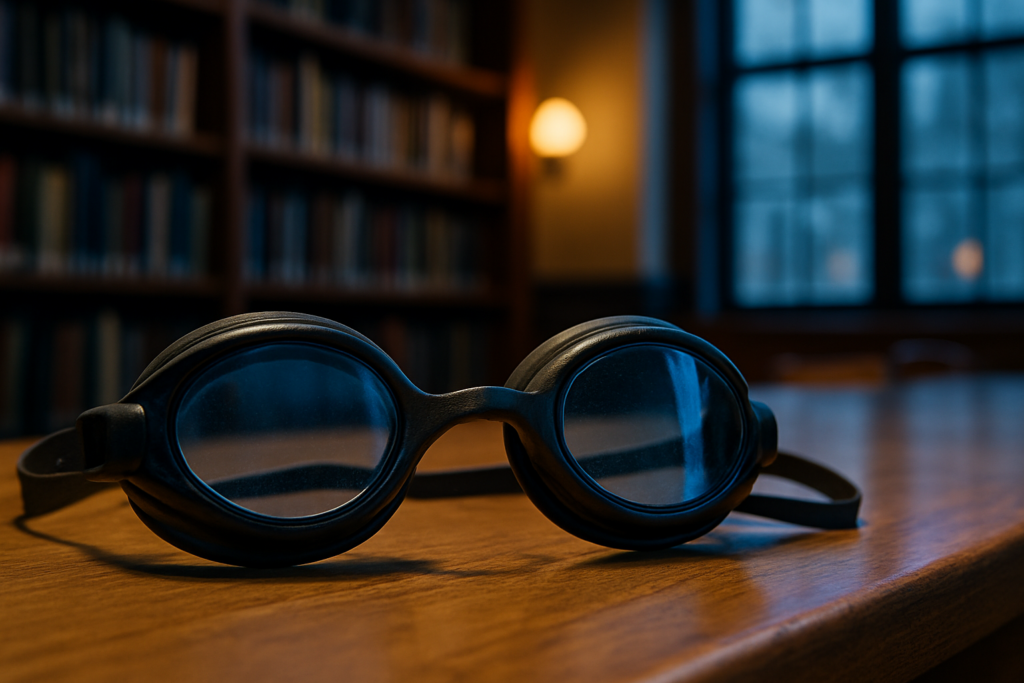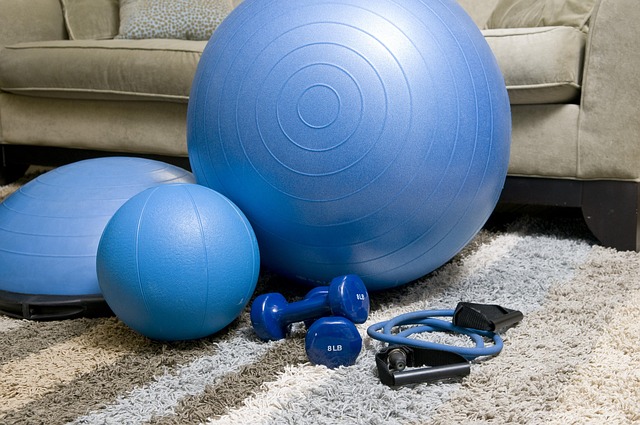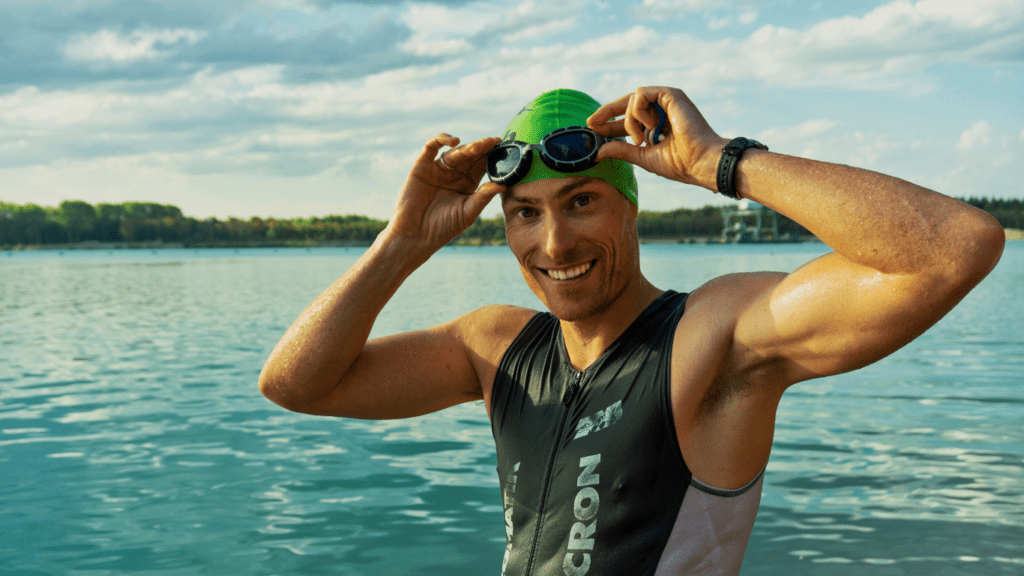Get the Right Fit Without the Guesswork
Finding swim goggles that fit properly isn’t just about comfort it’s the key to preventing leaks, pressure marks, and mid swim frustration. Here’s how to make sure your goggles match your face and your needs.
Prioritize Soft, Flexible Gaskets
Start by checking the material around the lenses:
Silicone or rubber gaskets should be soft, flexible, and comfortable against the skin
These materials adapt to your face shape and help create a watertight seal
Avoid stiff or overly rigid goggles, especially if you swim for extended periods
Test for a Proper Seal: The Suction Test
A simple fit test can tell you a lot before you even adjust the straps:
Press the goggles gently over your eyes without using the strap
If they stay in place for a few seconds through suction alone, the fit is likely good
A secure seal from suction reduces the chance of leaks
Know Your Face Shape
Not all goggles are one size fits all. Choose a shape that matches your features:
Smaller goggles may fit closely set eyes better
Wider frames may work best for broader faces
Trying on different shapes helps you avoid pressure points and discomfort
Look for Adjustable Features
Comfort and sealing power improve with adjustability. Look for:
Adjustable nose bridges to accommodate different nose widths and eye spacing
Dual straps that distribute pressure more evenly and enhance goggle stability
The right fitting goggles should feel snug without being painful. Once you find a pair that seals well, stays put, and doesn’t cause irritation you’ve got a winner.
Know Your Lens Options
Not all goggles are built for the same light conditions. If you’re swimming indoors or in the early morning, clear lenses are your best bet. They let in the most light and keep your field of vision sharp without dimming things unnecessarily.
For bright pools or outdoor swims, go with mirrored or tinted lenses. These help take the edge off glare and reduce eye strain when the sun’s bouncing off the water.
If you’re heading into open water lakes, oceans, or bright open pools consider polarized lenses. They cut surface glare significantly and improve clarity, especially on longer swims.
Wearing glasses? You’re not out of luck. Many brands offer prescription lenses or goggle inserts, so you can actually see the lane lines or the fish without sacrificing fit.
Choose the lens that fits your environment. It’s the simplest way to swim smarter.
Beat the Fog Before It Starts

Foggy goggles ruin focus and kill rhythm. The main culprits? Heat, moisture, and poor airflow inside the lens. Swimming means temperature shifts and a whole lot of breath near your face basically, prime fog conditions.
Some goggles come with built in anti fog coatings. They help, but they’re fragile. Scratching or wiping the inside lens wears them down faster. A better move: rinse them gently in clean water and let them air dry. Skip the towel.
For serious swimmers, a dedicated anti fog solution is worth adding to your gear bag. A quick spray before every swim keeps your vision sharp and your goggles lasting longer. No fog. No guessing where the wall is.
Consider Your Swimming Environment
Where you swim plays a big role in determining the best type of goggles for your needs. Whether you’re training indoors, diving into open water, or racing competitively, your environment should guide your goggle choice.
Pool vs. Open Water
Different settings demand different features:
Pool swimmers can opt for lighter tints or clear lenses for better visibility in controlled lighting conditions.
Open water swimmers benefit from polarized or mirrored lenses to reduce glare and enhance contrast in bright, natural light.
Adjustable, secure straps are essential for both environments, but especially important for open water where wave motion or unexpected contact can dislodge looser goggles.
For Competitive Swimmers
Streamlined design is key when milliseconds matter:
Choose low profile, hydrodynamic goggles to minimize drag.
Look for snug fits that stay secure on dives and turns.
Many competitive models feature interchangeable nose pieces for customized comfort.
For Recreational Swimmers
Comfort and visibility take priority:
Soft gasket seals offer a gentle fit for longer, more relaxed swims.
Wider frames and lenses provide a better field of view for casual swimming and lap training.
Slightly larger designs can also make them easier to adjust on the fly.
Consider your primary environment and purpose before making a purchase your goggles should work as hard as you do.
Pro Tips for Goggle Longevity
Swim goggles take a beating chlorine, sunlight, and rough towel tosses all wear them down. But a few small habits can stretch their lifespan and keep your vision sharp.
Start by rinsing them in fresh water after every swim. This clears out chlorine and salt that eat away at the gaskets and coating. Don’t skip this one it takes seconds, and it works.
Always store your goggles in a case. Tossing them in your gym bag unprotected leads to scratched lenses and worse mold in the seals. A hard shell or ventilated case does the job.
To tackle fog, reapply an anti fog solution between swims. Even if your goggles came with some coating built in, it fades fast with use. A quick dab keeps things clear.
Know when to let go. If the straps stretch, the seal slips, or visibility starts to blur replace them. No pair is forever. But if you treat them right, they’ll perform a lot longer.
Clarity and comfort start with smart choices. The right swim goggles won’t just stay put they’ll stay clear.


 is a seasoned fitness expert with a special focus on swimming and holistic health strategies. With years of experience as a competitive swimmer and fitness coach, Patricia offers readers a wealth of knowledge on optimizing performance and maintaining a balanced lifestyle. Her writing on Swim Fast Stay Fit reflects her commitment to empowering others with practical advice and motivational insights. Patricia’s approach integrates advanced training techniques with accessible wellness tips, aiming to help individuals achieve their personal fitness goals and enhance their overall quality of life. Through her engaging articles, Patricia inspires readers to embrace a comprehensive approach to health, combining effective exercise routines with mindful nutrition and self-care practices.
is a seasoned fitness expert with a special focus on swimming and holistic health strategies. With years of experience as a competitive swimmer and fitness coach, Patricia offers readers a wealth of knowledge on optimizing performance and maintaining a balanced lifestyle. Her writing on Swim Fast Stay Fit reflects her commitment to empowering others with practical advice and motivational insights. Patricia’s approach integrates advanced training techniques with accessible wellness tips, aiming to help individuals achieve their personal fitness goals and enhance their overall quality of life. Through her engaging articles, Patricia inspires readers to embrace a comprehensive approach to health, combining effective exercise routines with mindful nutrition and self-care practices.
